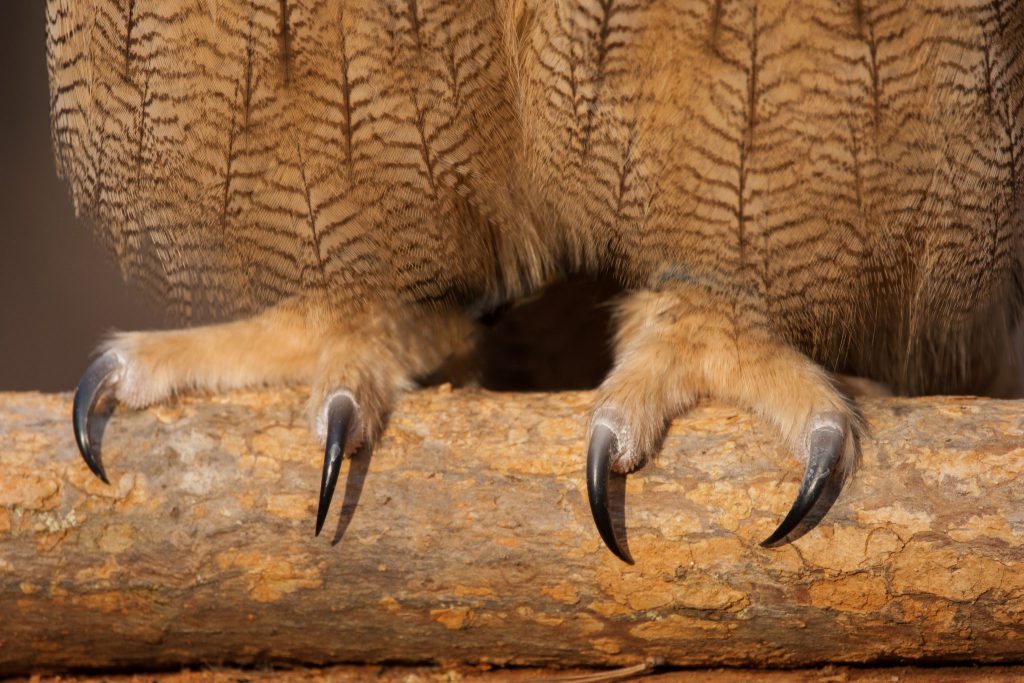The term keratin originates from the Greek word keras (or ceros), meaning “horn.” Keratin is a class of fibrous structural proteins known for their strength and durability, qualities that make them ideal for forming tough biological structures.
Keratin proteins play an essential role in the formation of various protective and structural tissues in mammals. These proteins are characterized by their high content of sulfur-rich amino acids, particularly cysteine, which enables the formation of strong disulfide bonds between protein chains. These disulfide bonds are crucial to keratin’s resilience and mechanical strength, allowing it to withstand substantial stress and wear.
Keratin is perhaps most recognized for its presence in the outermost layers of the skin, hair, and nails in humans, as well as in the feathers, claws, hooves, and horns of other animals. In these tissues, keratin provides exceptional toughness, protecting against environmental damage, mechanical stress, and pathogens. The ability of keratin to resist degradation by water and enzymes further enhances its protective role, making it one of the most important structural proteins in the animal kingdom.
In non-human mammals, keratin is found in a wide variety of anatomical structures, each adapted to serve specific functions crucial for survival. Hair, for instance, which ranges from the dense fur of mammals like bears to the sharp quills of porcupines, is largely composed of keratin. It provides insulation, aids in camouflage, and offers protection from ultraviolet rays and other environmental hazards. The versatility of keratin in hair is also seen in its role in sensory function; whiskers, or vibrissae, found in many mammals, help detect changes in the environment through touch.
Keratinized structures like claws, beaks, and talons in birds, reptiles, and some mammals are equally vital. These structures are composed predominantly of keratin, which grants them the hardness and sharpness required for hunting, defense, and mobility. In predatory birds, for example, talons made of keratin are essential for capturing and handling prey, while in reptiles like turtles and birds, keratinous beaks serve a variety of purposes, from feeding to nest building.
Another significant application of keratin is in the hooves of ungulates, such as horses, deer, and cattle. Hooves are dense, keratinized tissues that protect the animals’ feet and allow them to traverse rugged terrain while supporting their body weight. Keratin in hooves not only provides protection but also offers shock absorption, reducing the impact of walking or running on hard surfaces.
Humans possess a wide array of keratin proteins, with a total of 54 identified types. These proteins are divided into two main structural forms: α-keratin and β-keratin.


Types of Keratin
α-Helix Keratin
α-helix or alpha-keratin is found in the hair, epidermis, horns, and nails of mammals. α-keratin is a fibrous structural protein, meaning it is made up of a repeating secondary structure that is very similar to that of a traditional protein helix. Due to this tightly wound structure, α-keratin can function as one of the strongest biological materials and has various functions in mammals, from predatory claws to hair for warmth.
β-Sheet Keratin
β-keratin or beta-keratin is found in the epidermis of reptiles and birds, along with their feathers, claws, beaks and scales. Unlike the helix of alpha-keratin, beta forms in stacked sheets, giving them much greater rigidity. These sheets of polypeptide chains extend in the same directions and never overlap (parallel). This construction gives beta-keratins their tough, rigid structure.
Beta-keratin serves as the building block of KERTEX. We use Beta-keratin extracted from the waste chicken feathers of the U.S. poultry industry, and through a proprietary process, we are able to create fibers that can be woven into KERTEX materials. The ample nationwide byproduct supply of chicken feathers (estimated at 1.2 million metric tons of feathers per year) represents an excellent raw material opportunity for next-gen performance fabrics. KERTEX can be domestically sourced and produced, is environmentally renewing, and is robust and rugged enough for U.S. Army applications.
To learn more, download the KERTEX product sheet linked below:
